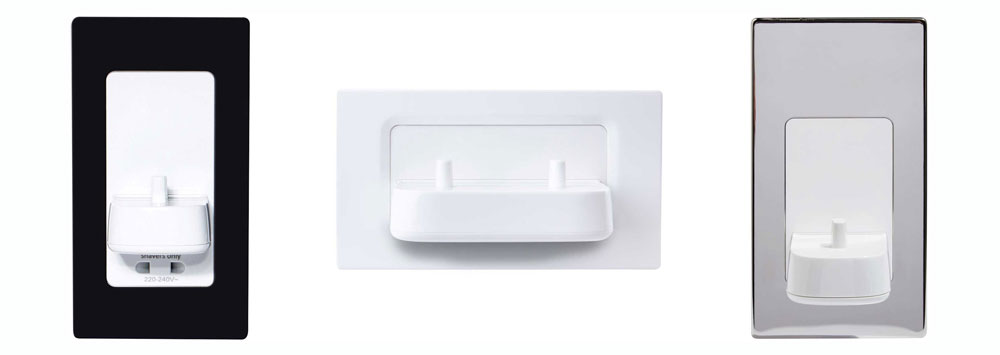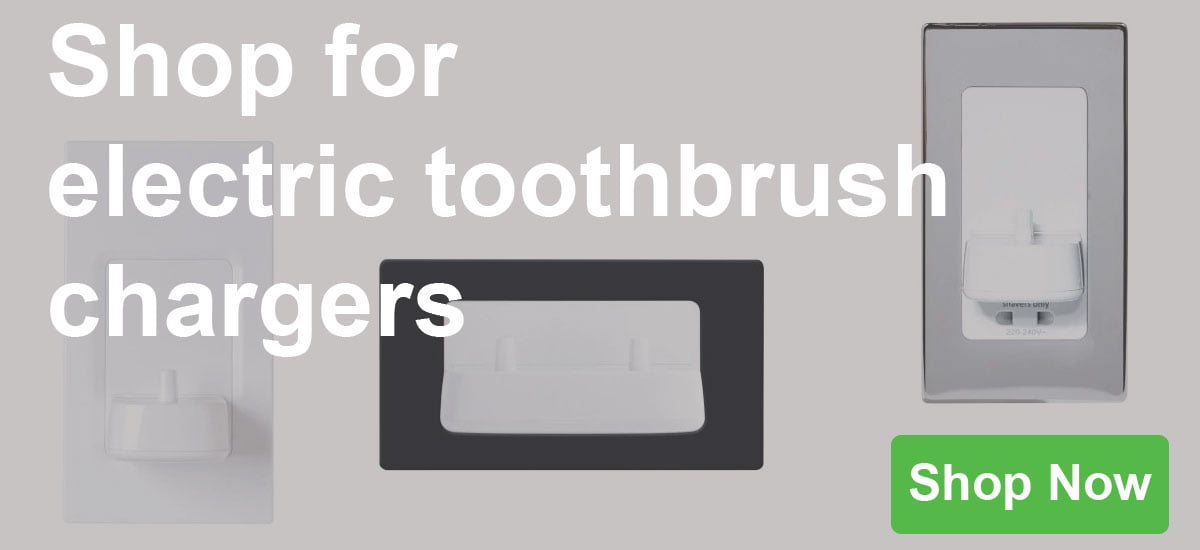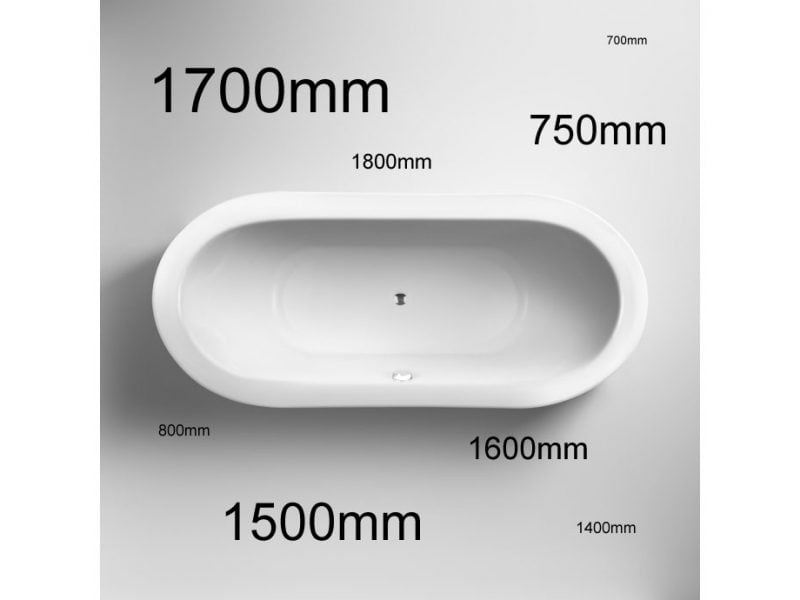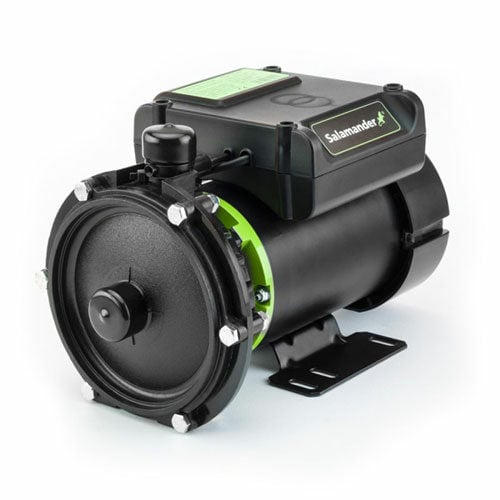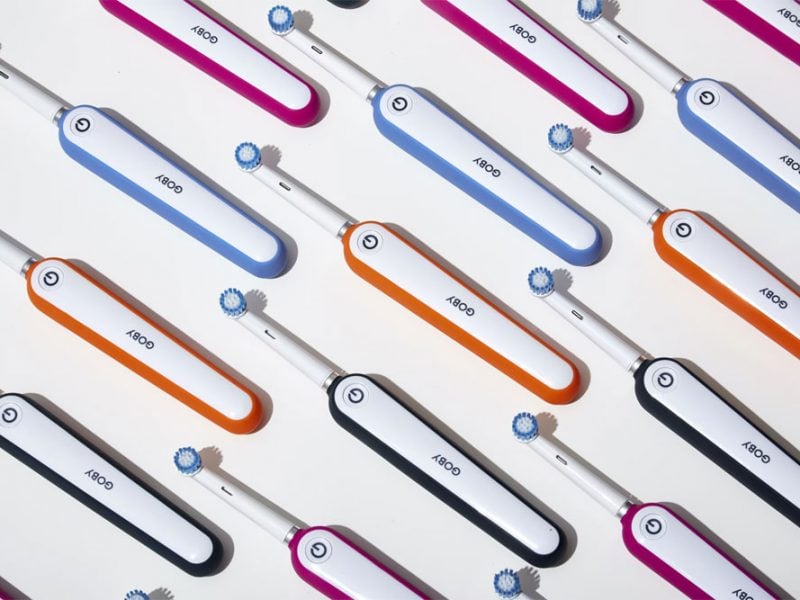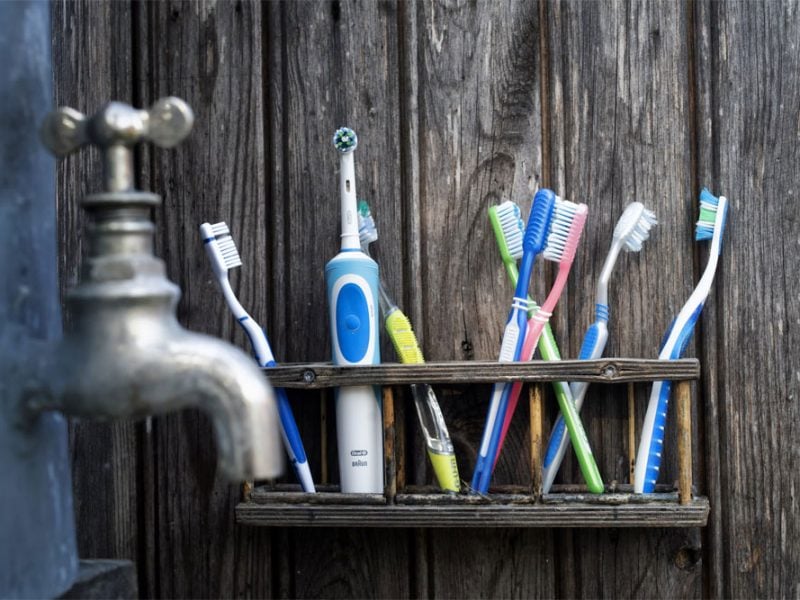How do Electric Toothbrush Chargers Work
If you’ve got an electric toothbrush, you’ll know how effective it can be at maintaining oral hygiene. Maybe you’re considering buying one and you’re wondering, how do electric toothbrush chargers work?
It’s a fascinating notion, after all, how does a toothbrush with a plastic bottom charge itself? If you want to know more about this wizardry, you’re in luck. We’ve got all the answers right here.
From how induction chargers work to the main parts of an electric toothbrush, we’ve broken it down into easy-to-understand chunks! We’ve even put together a useful FAQ section in case you have any last questions.
So, without further ado, let’s take a look at how an electric toothbrush holder actually works!
What is an induction charger?
An induction charger allows wireless charging, also known as inductive charging. This uses a magnetic field in the transmission of energy between two items. When it comes to electric toothbrushes, there are two coils in the unit.
One coil is in the charging base and the other is on the bottom of the toothbrush. Each charger coil generates a current and creates a magnetic field that’s vital to the unit’s operation. When the two coils are placed close together, the power is transmitted.
The charging base coil provides power and the coil in the toothbrush base receives it. Once the power has been received, the batteries inside the toothbrush are charged.
Main parts of an electric toothbrush induction charger
Now we know what an induction charger is, let’s take a closer look at the individual parts of it. Each component is vital to the charger’s function, so if you’d like to know more, keep on reading!
Plug
You’ve just bought an electric toothbrush but it has a 2 pin, rather than a 3 pin that’s commonly seen in UK bathrooms. The 2 pins are shaver plugs and they’re designed to fit into a shaver socket for safety reasons.
For those who don’t have shaver sockets, there is a solution; 2 pin adapters! The 2 and 3 pin adapter are the most common names given to this essential tool, but they may also be called a toothbrush adapter, shave adapter, or 2 pin adapter.
These adapters allow you to charge your electric toothbrush from the standard 3 pin socket, and they’re available from most big retailers!
Primary Coil
The primary coil is located in the base of the charger and has an iron peg on top that’s covered with plastic.
When the toothbrush is resting on the peg, you’ll have a complete transformer that works with a magnetic field. Energy goes from the base coil to the secondary coil in the handle through the iron peg.
Secondary Coil
The secondary coil can be found in the base of the toothbrush which stands on the iron peg. This iron peg does more than just stopping the brush from wobbling around.
It’s the core component that connects the primary coil and the secondary coil with a magnetic field.
Rechargeable battery
Lastly, we have the batteries. As we said earlier, the power flows from the primary coil to the secondary coil via the iron peg that connects them.
The ends of the two coils in the electric toothbrush are simply hooked up to the battery inside, allowing it to be recharged.
How much power do toothbrush chargers require?
Because electric brushes aren’t a huge product, they’re unlikely to require lots of power. This means you won’t have to worry about it making a huge difference to your electricity bill.
It’s actually recommended to deplete the battery from time to time to optimise its performance. This in turn can save power, so it’s a win-win situation!
Why wouldn’t other types of chargers work for an electric toothbrush?
Some electric chargers are designed to be used with the matching toothbrush, whereas others are interchangeable. We strongly advise you to take a look at the instruction manual that came with your toothbrush.
This will tell you whether or not you can use it with another type of charger. Using another charger can be potentially dangerous and the risks include the charger exploding or catching fire, so be extremely careful.
It’s best to stick with the original charger that matches your toothbrush, as this will avoid any nasty accidents!
FAQs
Hopefully, by now you’ve got a good idea of how electric brushes work and the key components of them. If you’re still not sure whether an electric model is for you, read our useful FAQ section below for some more information!
Is it OK to leave an electric toothbrush on charge?
Many people often wonder whether it’s safe to leave an electric toothbrush on the charging stand or if it could be dangerous. Always be sure to check the manual of your toothbrush so you’re aware of the guidelines and instructions, as they can vary between manufacturers.
As a rule, it’s safe to leave your toothbrush on the charger. The charging stand serves two purposes. The first is to provide a place for the toothbrush to sit when it’s not being used. Secondly, it’s a quick and convenient way of recharging when the battery is low.
The power cable doesn’t have to be connected to the power all the time. It’s perfectly safe to disconnect it and leave the toothbrush on the stand. Doing this will keep the brush upright and prevent any damage to it.
Can I get my electric toothbrush charging stand wet?
It’s a well-known fact that electronics and water do not go together. In fact, they can be dangerous if the two are mixed. For this reason, electric brushes and shavers are typically used in a bathroom that has a 2 pin connector.
There is a big difference between waterproof and water-resistant. Waterproof means that the item in question is completely impervious to water, whereas water-resistant means it’s only able to cope with water penetration to a certain degree.
Most electric brushes fall into the water-resistant category. This means that although they’ll be able to handle frequent exposure to water, at some point the water may get inside the toothbrush and damage it permanently.
Toothbrush chargers are a different story though. The water resistance only applies to the brush head and handle. Always avoid exposing the charger to water, it can be cleaned but make sure you disconnect it first.
How do I know if my electric toothbrush is charging?
How to tell whether your toothbrush is fully charged or not depends on the model and brand that you have. Although it will differ between manufacturers, there are some things you can consider to help you check if the toothbrush is charging.
To get the most accurate information, it’s advisable to take a look at the manufacturer’s instructions. No matter which brand of toothbrush you have, a sure-fire way of making sure it’s charging is to leave it on the charger base for long periods.
Most toothbrush models will be fully charged within 8-16 hours but others can take 24 hours. Whichever brand you have, if you leave the toothbrush charging for a full day you can be sure it’ll be fully charged by the end.
Many brushes feature a status symbol on the front of the handle. Usually, if this symbol is green or no longer lights up it means the batteries are charged fully.
If it’s flashing green, it means it’s in the process of charging. A yellow or red symbol usually means a flat or almost flat battery. Other brushes may have an icon that’s split into 3 or 4 bars, or maybe more. If all of the bars are lit up, it’s a sign that it’s charged.
How much electricity does a toothbrush charger use?
Many modern electric brushes run on low voltage levels, usually 12 V or less. Some charging units have a step-down transformer that powers the toothbrush but the majority have batteries fitted into the handle.
Although older models of electric brushes had metal tabs that connected with the charger base, newer models use induction charging. This doesn’t require any wires which is perfect for using in a bathroom.


